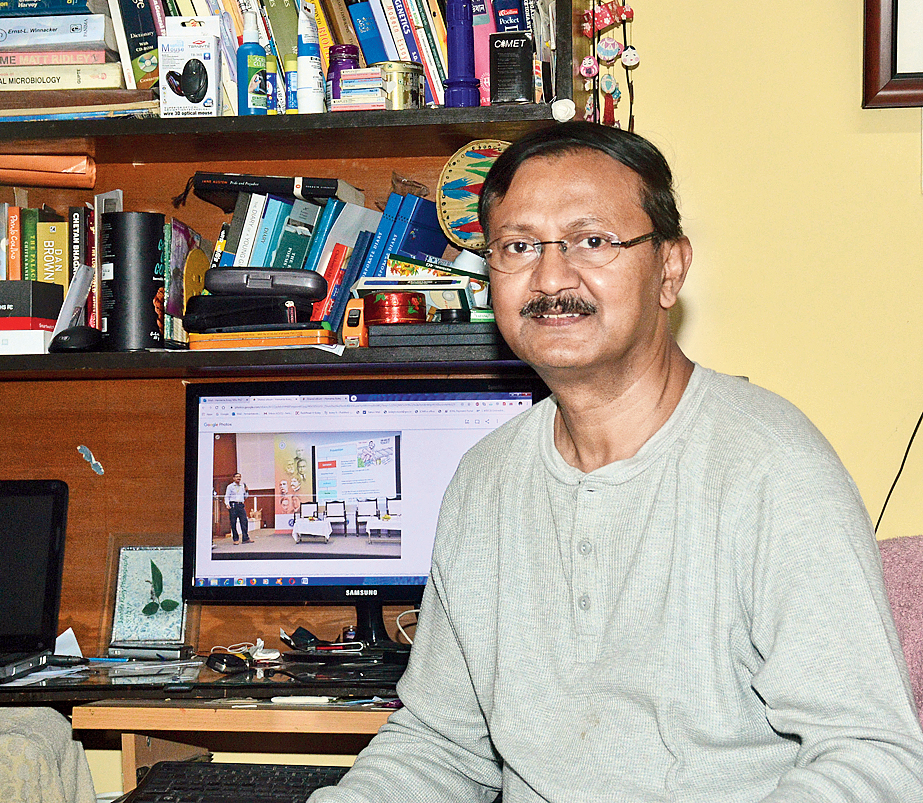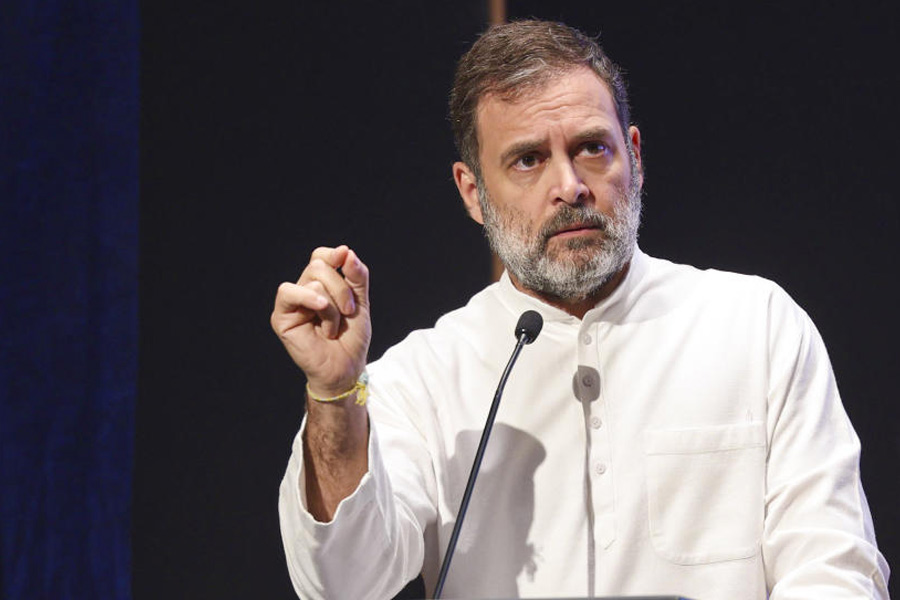A resident of Purbachal has developed a vaccine to counter bloody diarrhoea. Hemanta Koley of Cluster IX is the lead investigator of a team of scientists at the National Institute of Cholera and Enteric Diseases in Beleghata which has come up with a means to tackle a disease that causes about 125 million to fall sick annually and about 1,60,000 to die.
The vaccine is all set to be marketed by a global vaccine research and development laboratory.
“Shigellosis or bloody diarrhoea is common in areas where people eat raw vegetables or seafood. It is dangerous as just 10 organisms are sufficient to trigger the disease. It is water-borne but people who are in contact with the soil are also at risk. The Shigella bacteria causes cell injury in the large intestine which leads to bleeding. We have patients coming daily to the Infectious Diseases Hospital on our Beleghata premises with complaints of blood and mucous in stool,” said Koley.
Hailing the invention, the Indian Council of Medical Research (ICMR) has stated in a release: “Developing this indigenous vaccine against shigellosis is the need of the hour and is a major breakthrough.”
The reason is not far to seek. There is no medicine to treat this disease except an intravenous injection of an anti-biotic called Ceftriaxone. But if one is resistant to the drug, as it happens in about 10 per cent cases, there is nothing left to be done. “Even if the patient is dehydrated, you cannot administer oral rehydration solution (ORS). His ruptured intestine cannot absorb it,” said Koley.
Children under five and the elderly who have reduced immunity are especially at risk. Koley himself had contracted the disease in his infancy. “I had to defeacate on the floor as I could not squat on the toilet pan, so cramping was the rectal pain with a condition called tenesmus.”
Koley was working in Harvard Medical School as a post-doctoral associate in the gastroenterology department specialising in microbiology and immunology in 2004 when he was hired by NICED with a specific brief to develop the Shigellosis vaccine. “This is the product of 15 years of research since then. I had started with two students. Now 10 students are working with me. NICED director and head of our department Shanta Dutta is also in the team.”
The vaccine will first be tested in European and African countries. “In phase I, the test is done on 10 people and on 100 to 300 in the Phase II. This test is called proof of concept which is done with normal volunteers. It will reach India in Phase III, possibly in 2020, to be available for phase III trials. After that, it will go on sale in the market.”
The facility to which ICMR has licensed the technology is MSD Wellcome Trust Hilleman Laboratories, with which a memorandum of understanding (MoU) had been signed in 2017 after the international patent was registered.
Other than in India, the vaccine, he says, will be especially useful in Bangladesh, Japan and parts of the US where people are at risk. “Since it will have large scale use, I am hoping it will be priced between Rs 10 and 15 so that it will stay within the reach of our poor.
Tool to fight typhoid
Koley has developed another vaccine to combat typhoid and paratyphoid. “These diseases are prevalent in different parts of West Bengal. There was a vaccine for typhoid but none for paratyphoid. What I have developed is a combination vaccine.
Koley believes in oral vaccination. “Mothers do not want their babies to get hurt by injections. Also more antibodies are produced if the enteric organisms are stimulated through the intestine, rather than through muscles, as would be the case for intramuscular injections. Thus a vaccine will work better orally. We have found that to be true in mice, guinea pigs and rabbits.”
His team carries out sensitivity tests on stool samples of patients admitted with dysentery in the Infectious Diseases Hospital to deduce what kind of organism had caused the disease and prepares the patients’ antibiograms. “Antibiograms (a report that shows how susceptible strains of pathogens are to a variety of antibiotics, or more simply which antibiotics will work on a patient and which not) are vital to decide the course of treatment since if patients are administered drugs without knowing what they are sensitive to they might develop drug resistance.”
The scientist initially used to stay in CA Block but shifted to Purbachal to be closer to his Beleghata lab. “I can stay back till any hour. Sometimes I even go in the weekends. Devotion is needed for research.”
He is sad that bright students these days prefer to study engineering than basic science. “It is a way to study less and earn fast and perhaps more. But basic science is the mainstay of technological development,” he points out.
Koley’s dream project is a single vaccine in a single dose. “This will spare mothers the trouble of having to take the baby to the primary health centre multiple times for immunisation against separate diseases. Work has already started in our lab with funding from several agencies across the globe. I hope I shall be able to achieve it before I retire,” smiles the 53-year-old.










